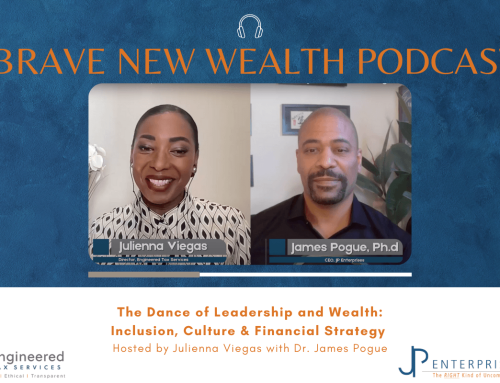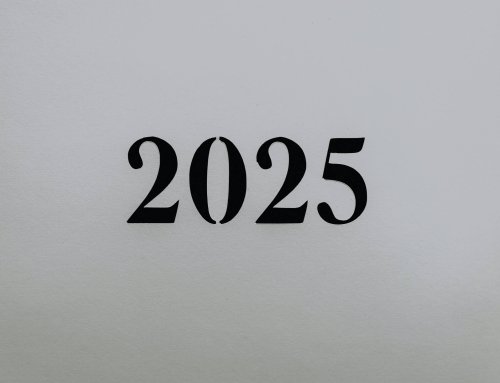As organizations strive to foster a more connected workforce and inclusive environment, it becomes essential to engage in uncomfortable conversations that challenge deep-seated biases and inequities. Embracing these discussions is a key strategy in how to improve DEI, as they encourage growth, spark innovation, and facilitate a truly connected workforce; connected workforces are also more profitable.
By actively engaging with discomfort, leaders not only acknowledge but also champion diversity, creating a workplace that thrives on a wide array of perspectives and experiences.
Improving DEI initiatives begins with recognizing the need for uncomfortable yet essential conversations for meaningful connection. Leaders should first perform an honest assessment of their organization’s current DEI landscape. This involves gathering data through surveys and feedback to understand employee experiences. Next, establish clear, measurable goals rooted in fostering equity and inclusion. Training programs focused on unconscious bias and cultural competence can equip employees with the necessary tools to engage in meaningful dialogue. Encourage active listening and empathy to create a safe space where individuals feel valued. Furthermore, solicit diverse voices in decision-making processes to ensure a wide range of perspectives are considered. Finally, regular evaluation of DEI practices helps track progress and identify areas for improvement. By undertaking these steps, organizations can not only improve DEI but also cultivate an environment that embraces growth through discomfort and change.
Uncomfortable Conversations: Examples in Action
Several organizations have successfully integrated DEI initiatives by embracing uncomfortable conversations. For instance, global consultancy firm Deloitte launched its “Inclusion Councils,” bringing together employees from diverse backgrounds to discuss and address DEI challenges. This initiative encourages open dialogue and fosters a culture of continuous improvement. Similarly, technology giant Google has implemented “Bias Busting” workshops, where employees engage in candid discussions about unconscious biases and their impacts on workplace dynamics. These workshops provide a platform for employees to voice their experiences and propose actionable solutions.
Another example is Starbucks, which closed over 8,000 stores for a day to conduct racial bias training. This bold move highlighted the company’s commitment to addressing uncomfortable issues head-on. By showcasing these DEI examples, organizations can learn how to improve DEI and create a more inclusive and equitable environment for all employees.
Are you challenged by a disconnected team? There’s transformative power in these crucial conversations to building a more inclusive, meaningfully connected, and dynamic organizational culture. Check out The Connection Quotient, you can get your individual CQ here to see how this can foster a more connected and collaborative workplace for your organization.





